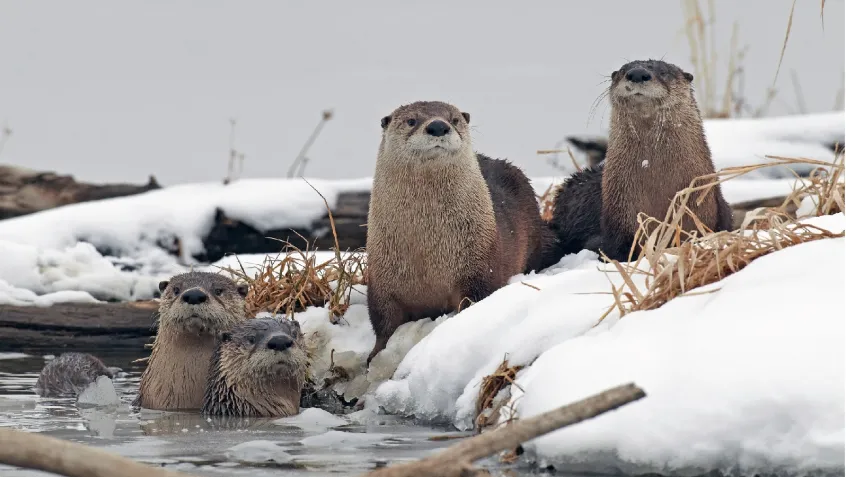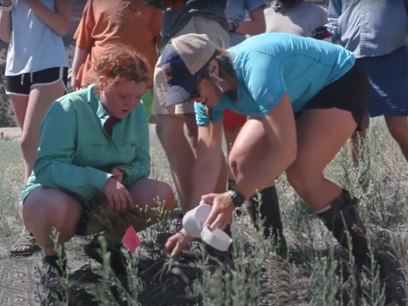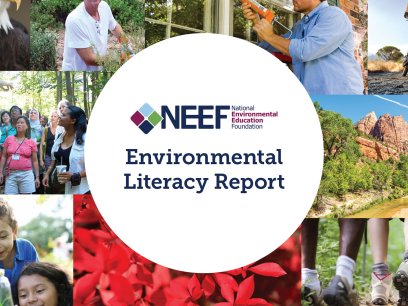
A creature glides through the river, its thick, matted fur sticking just above the water. This animal has razor sharp teeth and claws for devouring its prey. It's not a swamp monster—it's a river otter!
River otters are found in waterways across North America, mainly in rivers, lakes, swamps, and estuary ecosystems. These animals are known for their playful behavior, since they are often found rolling and sliding down streams and socializing in large groups. Otters also have a pivotal role in river ecosystems. They are predators, meaning they help control the populations of food species they prey upon. This affects the ecosystem as a whole, and as a result, their presence is a signal that the ecosystem is healthy.
Disappearing Otters
Otters have thick fur, which makes them attractive to fur hunters. Many populations of otters were hunted for their pelts in the 19th century, with declines so severe that otters were almost rare by the 1900s. For example, in Illinois there were fewer than 100 individuals as late as 1989, with the river otter listed as endangered, or close to extinction, in the state. Since otters are sensitive to human disturbances, such as development that encroaches on their habitat and pollution in water, environmental degradation may have also helped contribute to the population's decline.
Reversing the Decline
The Illinois Department of Natural Resources took steps to reverse the decline of river otters. Several hundred river otters from Louisiana were taken to Illinois and released, a process known as re-introduction. The re-introduction was a tremendous success, and the river otters are once again found throughout the rivers of Illinois. A main reason for the re-growth of the river otter population was the restoration of their wetland habitat and the forests around the rivers, along with improved water quality.
Just as river ecosystems are important to river otters, these habitats are also important to people. These areas, called riparian zones, are essential for maintaining water quality. Many Americans depend on clean drinking water that comes from surface water, such as from streams and rivers; keeping these water sources healthy is a critical part of maintaining a steady supply of drinking water.
Otters aren't the only ones sensitive to polluted water—human health may also be affected by compromised water quality. Limiting pollution upstream can be an important way to keep streams and rivers healthy. You can help protect otters and water by:
- Using less fertilizer and pesticides on your lawn to protect water quality;
- Check out Safer Choice from EPA to make environmentally friendly shopping easier!
- Picking up other tips here for keeping the streams and rivers near you clean; and
- Getting involved in your community water protection program!
Sources:
- Florida State University. 2018. “Otter Habitat.” Accessed April 26. http://tracker.cci.fsu.edu/otter/about/what/
- Holland, Angela, and Jorista van der Merwe. 2016. "Do River Otters Conform to Habitat Suitability Assessments?" Journal of Contemporary Water Research & Education 157 (1): 3-13.
- Illinois Department of Natural Resources. 2018. “River Otter.” Accessed April 26. https://www.dnr.illinois.gov/conservation/wildlife/Pages/River-Otter.aspx
- US Environmental Protection Agency. 2018. “Healthy Watershed Protection.” Accessed April 26. https://www.epa.gov/hwp


